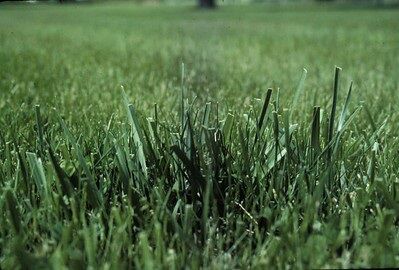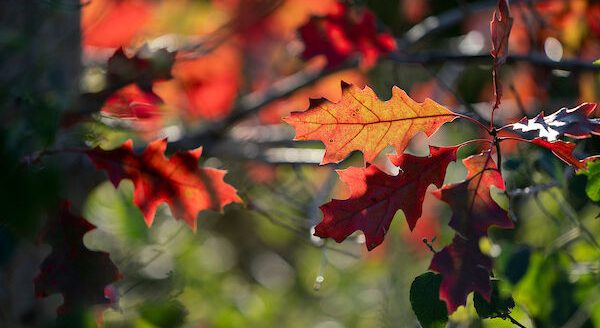The recent warm weather has many people wondering if they need to water their lawns to combat the dry conditions. Iowa State University Extension and Outreach tackles questions about watering home lawns with expert advice from Adam Thoms, assistant professor in horticulture and turfgrass extension specialist with Iowa State University.
Is it necessary to water an established lawn?
Cool-season grasses, such as Kentucky bluegrass and tall fescue, can survive extended periods of dry weather. In dry weather the shoots of the turfgrass plants stop growing and the plants go dormant. Dormancy is a natural survival mechanism for turfgrasses. While the leaves have died and turned brown, the turfgrass roots and crowns remain alive. Generally, turfgrass can remain dormant for four to six weeks without significant damage to the plants.
If I do decide to water my lawn, how and when should it be watered?
The appearance of the turfgrass is the best way to determine when to water the lawn. The ideal time to water a lawn is at the first signs of water stress. Turfgrasses that have adequate supplies of water are normally dark green in color. For cool-season grasses, such as bluegrass, the first signs of stress are a bluish green color and footprints that remain in the turf after walking across an area.
Most lawns in Iowa need 1 to 1 1/2 inches of water per week. When watering the lawn, apply this amount in a single application or possibly two applications three or four days apart. Avoid frequent, light applications of water, which promote shallow rooting and lush growth. Lush, shallow-rooted turfgrass is less drought tolerant. To determine the amount of water applied by the sprinkler, place several straight-sided cans within the spray pattern. Then measure the amount of water collected in the cans with a ruler.
Early morning (5 a.m. to 9 a.m.) is the best time to water the lawn. A morning application allows the water to soak deeply into the soil with little water lost to evaporation. When watering is completed, the turfgrass foliage dries quickly. Watering at midday is less efficient because evaporation is rapid and strong winds may cause uneven water distribution. Strong midday winds may also carry water onto driveways, patios or streets, wasting considerable amounts of water. Watering lawns in the evening or at night may increase disease problems.
What should I do if I allow the lawn to go dormant, but the dry weather persists through the summer?
Dormant lawns are in jeopardy of dying if dry conditions persist over an extended period. It’s best to water the lawn if the turfgrass has been dormant for four to six weeks. Apply 1 to 1 1/2 inches of water in a single application. This will not cause the grass to green up, but it will keep the turfgrass crowns and roots alive. If the dry weather persists, water the dormant lawn approximately every two weeks. Avoid watering the yard to bring it out of dormancy and then allowing it to go back into dormancy. This is very stressful on the turfgrass. If you water the yard to stop dormancy, then keep watering the yard until the precipitation levels improve.
How should I water a newly seeded lawn?
After seeding, keep the upper 1 inch of soil moist by watering once or twice a day. With adequate moisture and soil temperatures of 55 degrees Fahrenheit or above, most turfgrasses should germinate in two to three weeks. Grass seedlings are very susceptible to desiccation injury. Continue to water the seedlings once or twice a day. When the turfgrass reaches a height of 1 to 2 inches, gradually reduce the frequency of watering, but water more deeply. A thorough watering once a week should be adequate after the new turf has been mowed two or three times.
How should I water newly laid sod?
A newly sodded lawn should be watered once or twice a day for the first seven to 10 days. Apply enough water to moisten the sod and the upper 1 inch of soil. Sod will root to the soil in about 10 days. At this point, gradually reduce the frequency of watering, but water more deeply. After the sod has been mowed three or four times, a deep watering once a week should be adequate. You may have to water more often if temperatures are elevated during establishment. Avoid the sod going dormant during the rooting process.
Are there other turfgrasses that need less water?
Most cool-season turfgrasses need 1 inch of water per week, but tall fescue and fine fescue will keep a green color longer during periods of drought. These grasses will typically stay green two to three weeks longer than Kentucky bluegrass during drought conditions. These grass species also need less fertilizer than Kentucky bluegrass, but can be susceptible to some winter injury (especially north of U.S. Route 30).


